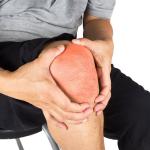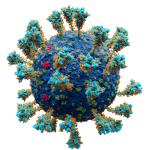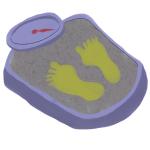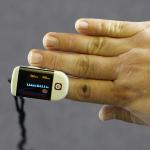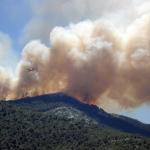Disease
It is not uncommon for legislators to introduce bills that they know won’t pass, but that have symbolic value of some sort, like renaming a bridge or freeway to honor a constituent. Every so often, however, they propose something that is so c
The study reported in The Journal Of Bone And Joint Surgery was based on prior work suggesting that beta blockers, a medic
Join hosts Cameron English and Dr. Chuck Dinerstein as they break down these stories on Episode 49 of the Science Dispatch podcast:
I can’t believe we’re having this discussion in September 2023, just as the fall respiratory virus season commences and we're experiencing a new wave of COVID-19, but the politicizers of COVID won’t let up.
The study, published in JAMA Network Open, is a retrospective look at patients hospitalized for COVID-19 early in the pandemic, at the height of hospitalization.
Polluted air can acutely affect public health, whether from fires, disasters, or stagnant weather conditions. Such effects are often characterized as premature mortality in terms of body counts, as are accidents and house fires.


